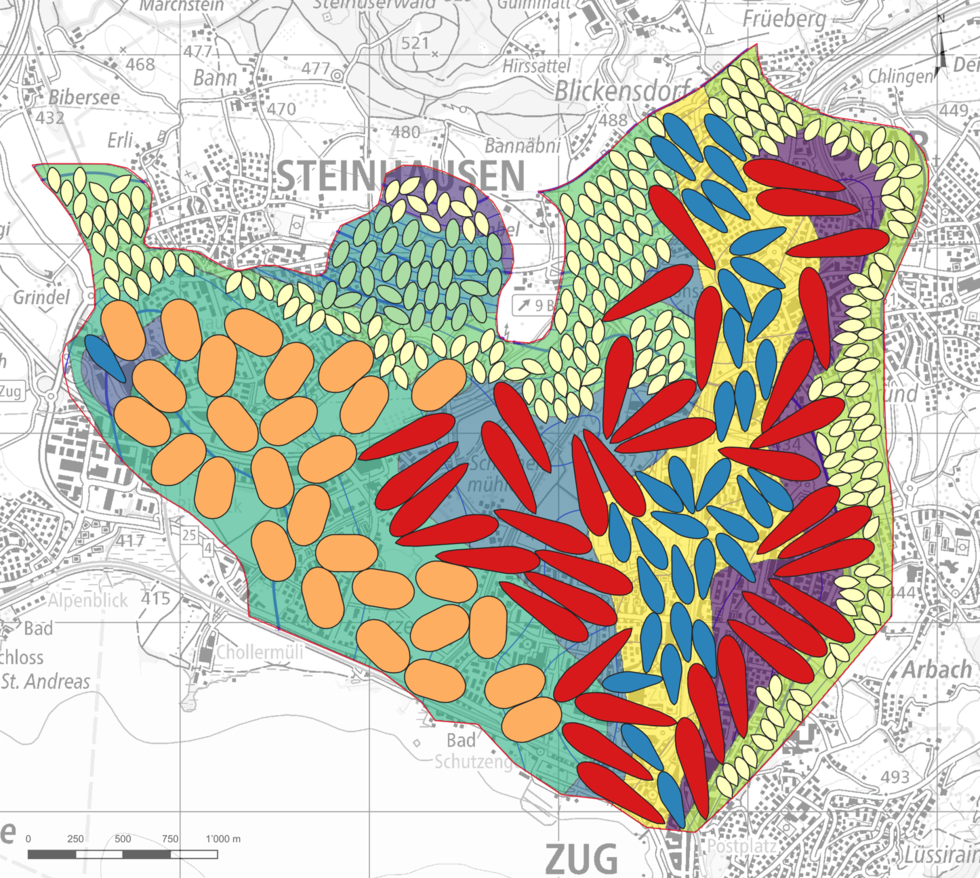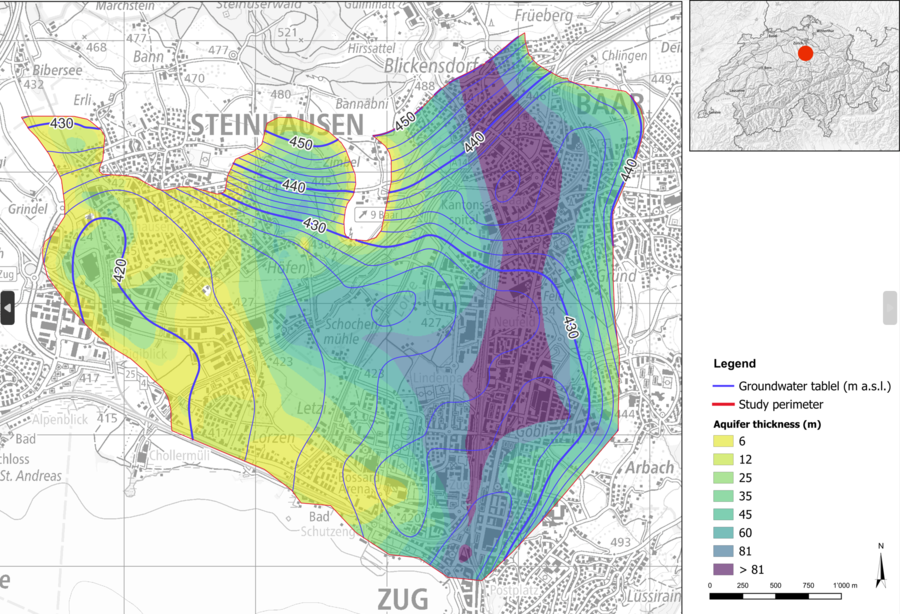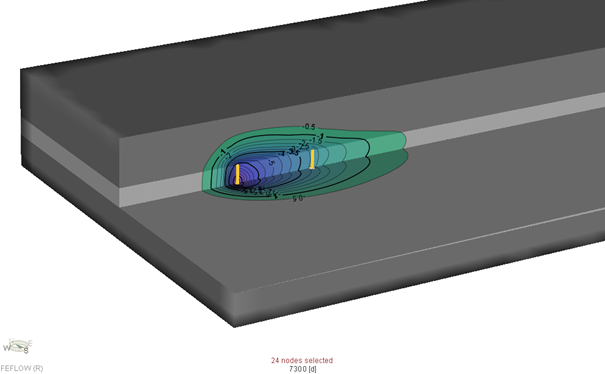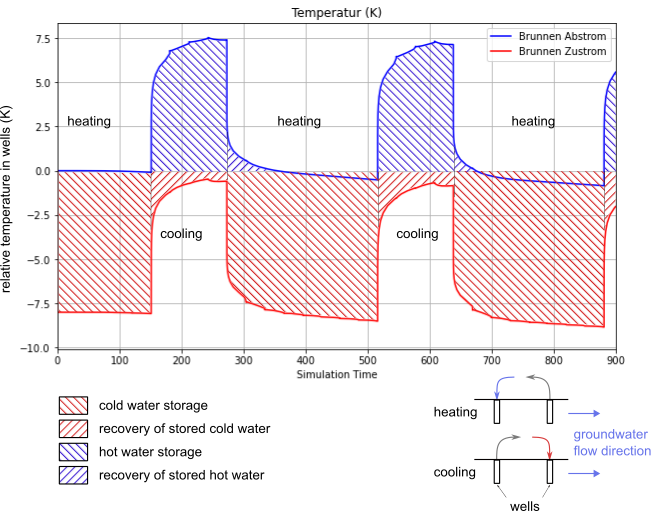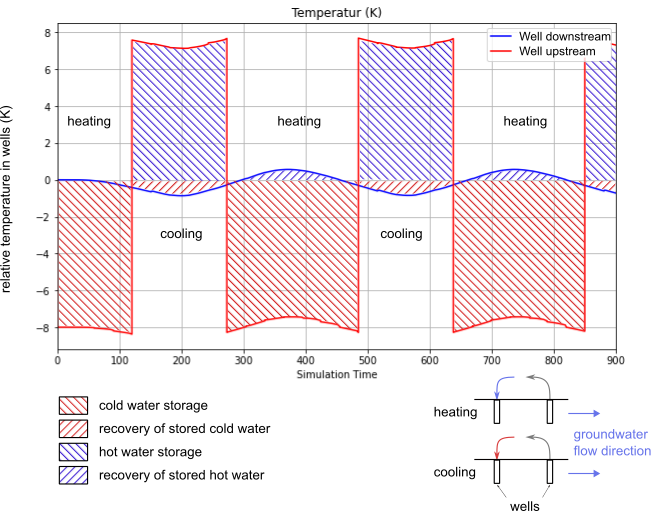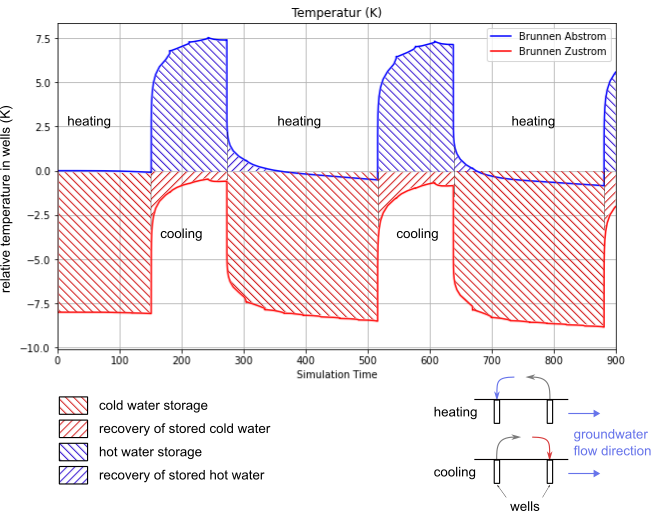Heat from deep groundwater: new potential in the Baar basin
The study focused on the question of how many well installations – known as doublet systems – can be operated for heat pumps and seasonal heat storage without their effects interfering with each other. With the help of 3D simulations and various utilisation scenarios, it was possible to precisely determine the technically usable potential.
This area of approximately 10 km² features a deep artesian aquifer characterised by constant temperatures and low flow rates, ideal conditions for sustainable energy production.
Various energy load profiles (e.g. apartment buildings, offices, commercial premises) were tested using 3D simulations and a special algorithm. The results show that, particularly with balanced usage, the existing potential can be roughly tripled without exceeding the legal limits.
The study confirms that the deep groundwater in the Baar basin offers considerable energy potential, which could make an important contribution to the regional heat supply in the future.
Further details on the methodology, modelling and results can be found on the page about the reference project on our website.

